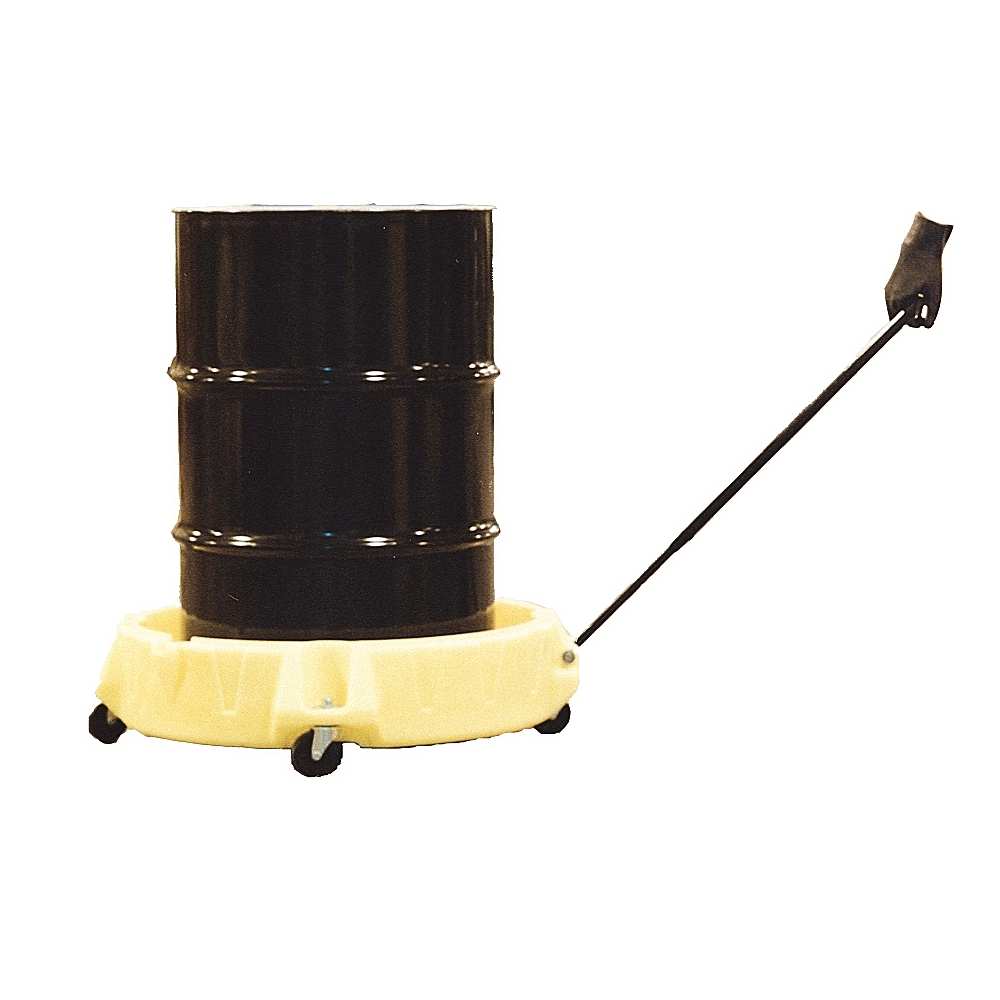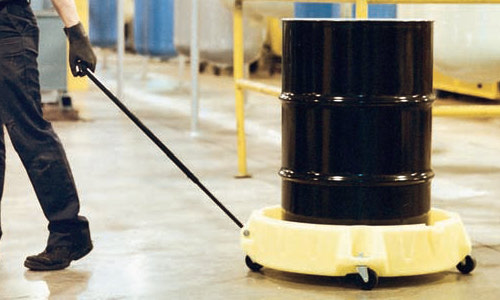What is a Spill Kit?
A spill kit is a collection of tools created to clean up hazardous substances and chemicals. You can effectively and safely clean up the spill. There are many different types of Spill Scooter , and they can be used for various spills. There are kits in wheeled bins, trailers, and duffle packs. A spill kit typically contains the following items:
- Bags for waste disposal
- PPE use (personal protective equipment)
- Materials for absorbing spills
- a containment boom to stop the spill from spreading further
- Dispersants and spill scooter – in some circumstances
A spill kit’s primary function is to control and clean the spill swiftly and effectively. Your responsibility as a responsible employer is to safeguard your staff and the environment. Working with hazardous chemicals should not be taken lightly. It is crucial to prepare for all possible situations.
Several Types of Spill Kits
Many types of spill kits are used in different circumstances; hence, they are chosen accordingly:
Universal Spill Kit
The most typical type of spill kit is the universal spill kit, which is available in 5-gallon, 20-gallon, 30-gallon, 50-gallon, and 90-gallon sizes. The size determines how much of a spill it can withstand. These kits come with sorbents, pads, and cushions to cover the spill. Additionally, a range of PPE, like safety gloves, eye protection, and a trash bag, is frequently included in these kits.
Hazmat Spill Kit
A spill kit is deployed when hazardous chemicals, such as battery acid, spill. It includes neoprene gloves, biohazard sorbents, sanitising hand wipes, and sanitising surface wipes.
Personal Protection Spill Kit
This kit includes various personal protection gear to shield a worker from spills. It comes with boots, coveralls, gloves, and goggles.
Trucker Spill Kit
This spill kit comes in flexible storage to easily store and transport in a truck. Not necessarily designed for emergencies, these sorbents are ideal for handling fluids from a vehicle.
Marine Spill Kit
These spill kits are designed to clean up oil and grease spills. This kit’s materials are water-repellent and can be employed in an event like an ocean oil leak.

Workshop Spill Kit
Appropriate for handling dangerous chemicals and hydrocarbons. Used primarily in factories and other industrial settings.
When is a Spill Kit used?
A spill is employed when hazardous chemical leaks or spills at your workplace. A spill kit’s objectives include containment, control, and clean-up. Among the dangerous materials that a spill kit may remove are (but are not restricted to):
- Petroleum and Oils
- Fuels
- Hazardous chemicals and Solvents
- Cooking oils
- Sewage
Buy a spill kit for your workplace if you operate with any of these materials. A spill kit is designed to clean up these pollutants. It is a quick and straightforward technique to handle a spill.
In Which Industries Spill Kits Used?
Spill kits are used in multiple different workplaces and industries. If you work with hazardous substances, you’re likely to need one.
These include:
- Warehouses and workshops
- Automotive repair and maintenance shops
- Laboratories and Hospitals
- Commercial kitchens and restaurants
- Transport companies and shipping depots
- Oil, gas and mining sectors
- The defence sectors and manufactures
- Docks and marinas
- City councils and public amenities
What Are the Places to Keep Spill Kits?
Some familiar places to keep or place the spill kits are listed below:
- Portable kits to be stored on forklifts for operators who may be the first to notice a spill,
- Most laboratory areas,
- Fuel pumps,
- Outdoor storage tanks,
- Waste collection areas.
Steps To Follow When Using a Spill Kit
Secure the place
Securing the location means keeping it clear of unauthorised personnel and foot traffic. Ensure no ignition sources are present and keep incompatible materials from the spillage location.
Assess the impact
The spill’s impact should be evaluated; your internal team may handle minor chemical spills, but big chemical spills will call for emergency procedures and the appropriate authorities and local emergency services communication.
Contain the Spill Immediately
Staff members should act quickly to contain the spill using booms and other containment systems so that it does not spread across the workplace or enter drainage or sewage systems.
Cleaning
Designated employees should start cleaning up chemical spills using shovels,Spill Pods , brooms, scoops, or other tools. Materials that absorb moisture, such as absorbent pads or floor sweepings, should be utilised to soak up the substance.
Neutralise
Your spill kit might also include neutralisers that are required for neutralising acids or acidic water in the spill area.
Decontamination
Decontamination is necessary for the majority of chemical spills to remove any potentially dangerous contaminants that may have lingered after the clean-up
Waste Disposal
After securing all contaminated things in additional waste disposal bags and containing spilt chemicals in containers, you should put everything in a wheeled bin and transport it to the disposal location. A licenced waste management company must handle hazardous chemicals since they still present a risk even after clean-up.










